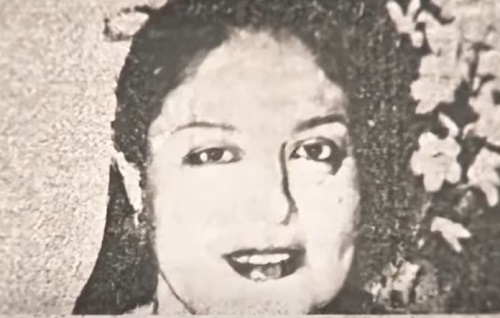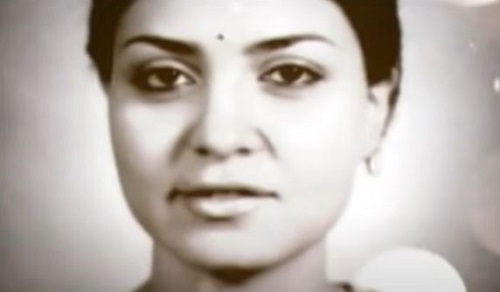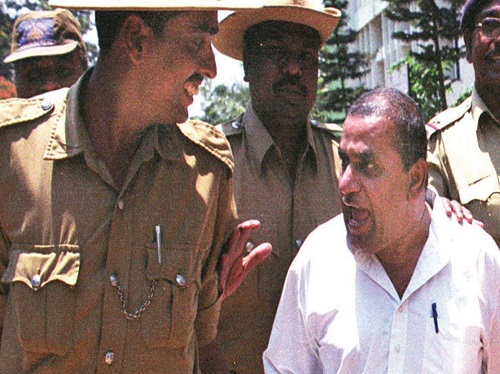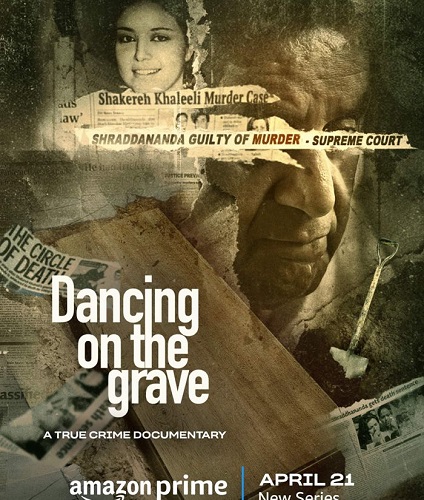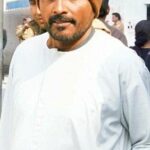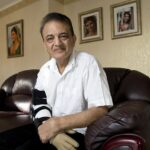Shakereh Khaleeli Age, Death, Husband, Children, Family, Biography & More
| Bio/Wiki | |
|---|---|
| Other name | Shakereh Namazi (also spelt as Shakereh Namazie) [1]Hindustan Times |
| Profession(s) | Philanthropist, Real Estate Developer |
| Physical Stats & More | |
| Height (approx.) | in centimeters- 165 cm in meters- 1.65 m in feet & inches- 5’ 5” |
| Eye Colour | Black |
| Hair Colour | Black |
| Personal Life | |
| Date of Birth | 27 August 1947 (Wednesday) |
| Birthplace | Allahabad, Uttar Pradesh |
| Date of Death | 28 April 1991 |
| Place of Death | Courtyard of her house in Bengaluru |
| Age (at the time of death) | 43 Years |
| Death Cause | Murder [2]The New Indian Express |
| Zodiac sign | Virgo |
| Nationality | Indian |
| Hometown | Allahabad, Uttar Pradesh |
| School | She did her schooling in Singapore. |
| Religion | Islam |
| Relationships & More | |
| Marital Status (at the time of death) | Married |
| Marriage Date | First Marriage- Year, 1965 Second Marriage- April 1986 |
| Family | |
| Husband/Spouse | First Husband- Akbar Mirza Khaleeli (tennis player, served in the Indian Foreign Services; divorced in 1984)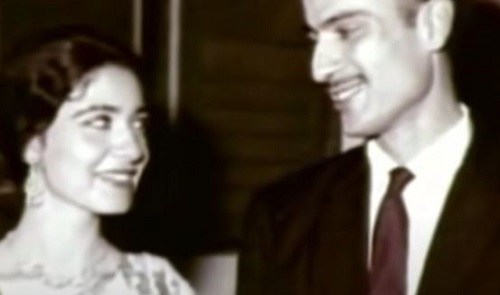 Second Husband- Swami Shradhananda 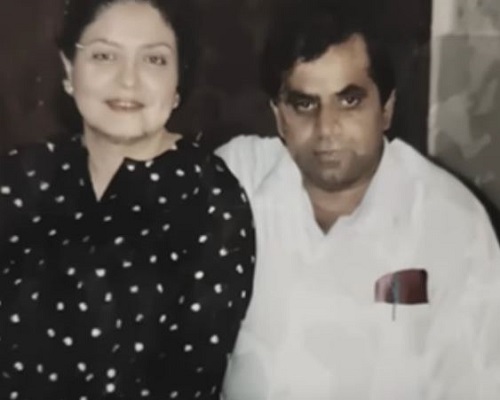 |
| Children | Son-None Daughter(s)- 4 • Zeebundeh Khaleeli (born in 1965 in Madras) • Sabah (model; born in 1966 in Delhi) 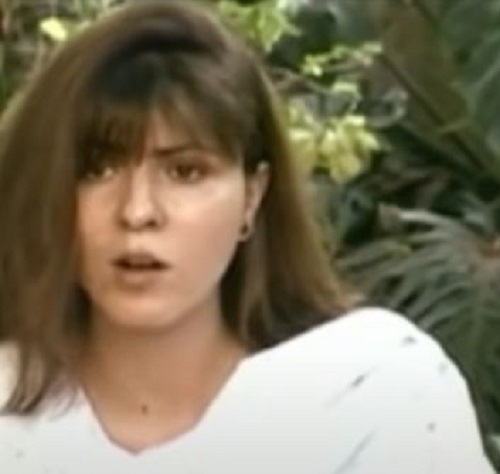 • Rehane Yavar Dhala (born in Paris in 1972) • Begum Esmath Khaleeli Clark (born in Amman, Jordan) 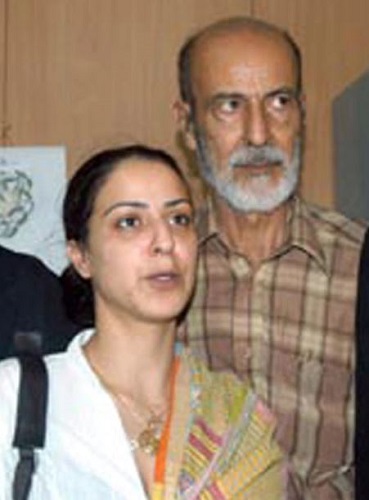 |
| Parents | Father- Gulam Hussain Namazie (started Singapore’s first cinema hall named Capitol Theatre, equestrian with a club named Turf Club) Mother- Gauhar Taj Begum Namazie née Mirza (youngest daughter of Sir Mirza Ismail, who was the Diwan of Mysore, Jaipur, & Hyderabad, a philanthropist in Singapore) 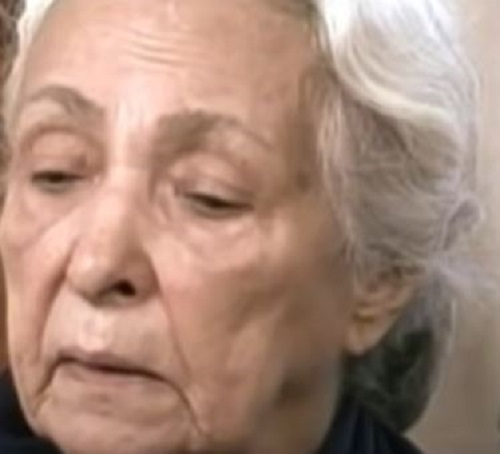 |
| Siblings | Brother- Mirza Karim Namazie (elder; TV journalist) |
| Other Relative(s) | • Grandfather- Sir Mirza Muhammad Ismail Amin-ul-Mulq (Indian statesman, police officer, Diwan of Mysore, Jaipur, and Hyderabad)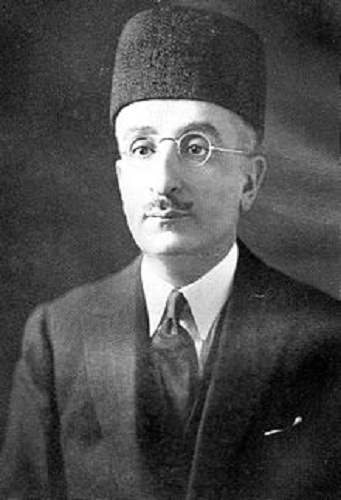 • Great Grandfather- Agha Aly Asker (Persian horse trader; founding father of the Persian diaspora) |
Some Lesser Known Facts About Shakereh Khaleeli
- Shakereh Khaleeli was an Indian real estate developer and philanthropist. In 1991, she was brutally murdered by her second husband Swami Shradhananda aka Murali Manohar Mishra. [3]The New Indian Express
- She was born to an Indian-Persian family, and till 1990, her family resided in Singapore.
- When she was 18 years old, she got married to Akbar Mirza Khaleeli, her first cousin from Madras. He was the son of Shakereh’s maternal aunt Shah Taj Begum Khaleeli née Mirza. Akbar worked as the Chief of Protocol and Indian Ambassador to Iran in 1976. While Akbar was working in Iran, Shakereh started working as a real estate developer in India and started working at her great-grandfather’s construction business in India. She redeveloped a few of her ancestral properties and even built a few houses for her family.
- A few years later, while Shakereh was in India and her husband Akbar was in Iran, she asked him to give her divorce, but Akbar refused to do so. Later, after Akbar’s several denials to divorce her, Shakereh pronounced herself single at a mosque in Chennai. However, in 1984, Akbar agreed to legally divorce Shakereh.
- After two years of her divorce, she got married to a man named Murali Manohar Mishra (who had changed his name to Swami Shradhananda) whom she had met in 1982 along with her first husband. Her marriage to Shradhananda came as a shock to her family as being from a royal family, she decided to get married to a poor man. Shradhananda was a son of a school teacher, who used to teach in Sagar, Madhya Pradesh. After dropping out of school, he left his home and started learning tantrik vidya. Later, he started working for the royal family of Rampur. Before getting married to Shakereh, he used to work at her home. To please her, he used to sit near her feet and call her amma even after their marriage. He used to bring tea and newspaper for her on her bed every day at 10 am just to impress her. At that time, Shakereh was unaware of the fact that Shradhananda was not in love with her but it was all for her property and money.
- Later, during the police investigation, Shradhananda revealed that he convinced Shakereh to get married to him. He said that Shakereh was desperate to have a son, so he promised her that with his tantrik vidya, they would have a son.
- In 1991, Shakereh started meeting her daughters (from her first husband) more often. This started creating problems between Shakereh and Shradhananda as he was afraid that Shakereh would give all her property to her daughters. In an interview, the domestic workers of Shakereh confirmed their frequent fights at home. Later, Shakereh even asked her banks to remove Shradhananda’s name from their joint lockers.
- In 1991, Shradhananda floated a company Shakereh Shradhananda (SS) Finance Ltd. In the company, he mentioned Shakereh as an active partner.
- In late 1991, Shakereh’s daughter Sabah tried to call her mother, but Shakereh did not respond to her calls. Sabah then went to Shakereh’s home in Bengaluru where she met Shradhananda. She asked him about Shakereh, but he didn’t give any proper answer to her and said that she was on holiday at some location. Sabah tried several times to contact her mother, but she could not contact her. In 1992, Sabah decided to file a habeas corpus (produce the person) plea at the Ashok Nagar Police Station, Bangalore.
- The Bangalore Police then investigated Shradhananda in the matter as he was the only person who was living with Shakereh before she went missing. However, Shradhananda managed to evade the police investigation for almost three years by pretending that Shakereh was in some other country.
- In May 1994, the local police planned a sting operation on Shradhananda, and it was found that Shakereh had died in 1991. When Shradhananda was strictly investigated by the police, he revealed that on 28 April 1991, he drugged Shakereh, placed her on a mattress and buried her alive in a coffin-like box in the same house where he was living in Bangalore. In a media conversation, the police officer while giving the details of the case, said,
When Shakereh’s skeletal remains were recovered and the mattress was removed, one of her hands was found clutching the mattress which lay below her; this, along with other factors, supported the idea that she had been alive when buried.”
- When her coffin was dug out from the courtyard of the bungalow, a skeleton was recovered. Shakereh’s mother confirmed that the skeleton was of Shakereh. She recognised her through a piece of jewellery which was on the skeleton. After Shradhananda admitted his crime, he was immediately taken into the police custody. The trial of the case was started in 1997, and on 21 May 2005, Shradhananda was sentenced to capital punishment of hanging by the civil and session judge B. S. Totad. The order reads,
From the facts and circumstances of the case, it is clear that the said murder has created such a fear in the minds of the family and in the community to live peacefully in society. There are no mitigating circumstances or factors to award a lesser punishment … having regard to the nature of the methodology in committing the murder for gain, it is a fit case for capital punishment.”
- The murder case became the first case in India which was recorded on video and in which DNA tests and video tapes were accepted as evidence. It is also considered one of the most heinous murders in India. [4]The New Indian Express
- On 12 September 2005, the judges of the high court S.R. Bannurmath and A.C. Kabbin confirmed the death sentence for Shradhananda. The order reads,
The accused had murdered his wife in a diabolical and well-planned scheme. As such, the death penalty imposed on him is liable to be confirmed. Anything less than a penalty of the greatest severity for any serious crime is thought to be a measure of tolerance that is unwarranted and unwise. The sessions court is justified in awarding the death penalty to the accused.”
- However, on 18 February 2006, he appealed to the Karnataka Government on a special leave petition (SLP) for the death sentence given to him by the high court. His appeal was rejected by the apex court of India, and on 22 July 2018, the Supreme Court of India held the judgement of a life sentence for him.
- In an interview, Shakereh’s daughter Sabah talked about her mother’s demise. She said that she once bought a yellow saree for her mother and handed it over to Shradhananda without knowing that he had already murdered her mother. She said,
I bought my mother this saree, not realising that she was already dead by then. When I visited the house again some months later, one of the sarees ( the yellow chiffon) was hanging in her wardrobe, looking slightly soiled, and my card was on display. Swamiji said that he had given the package to my mother, who was in London but had brought the card back with him because he had liked the sentiments in them so much. She had used one of the two sarees and sent it back, and was still wearing the other one. Many of my mother’s good silk sarees appear to be missing. I saw a lady wearing what looked like one of my mother’s sarees at a wedding performed by Swamiji in Bombay some months ago. By then, I had started going to places that I had heard he would be in, just to try and find out more.”
- A four-part documentary on the murder of Shakereh titled ‘Dancing on the Grave’ was released in 2023 on Amazon Prime Video.
References/Sources:

